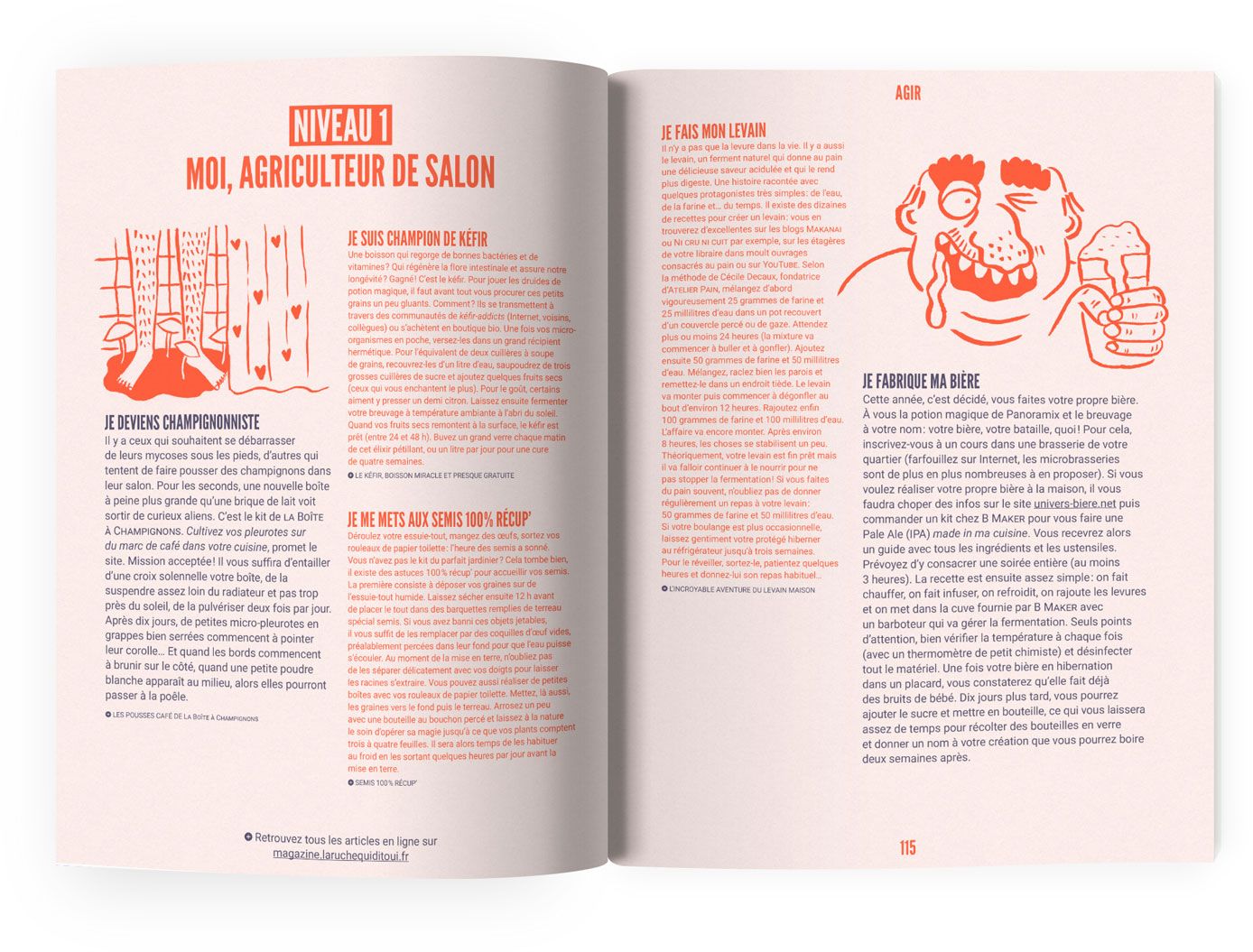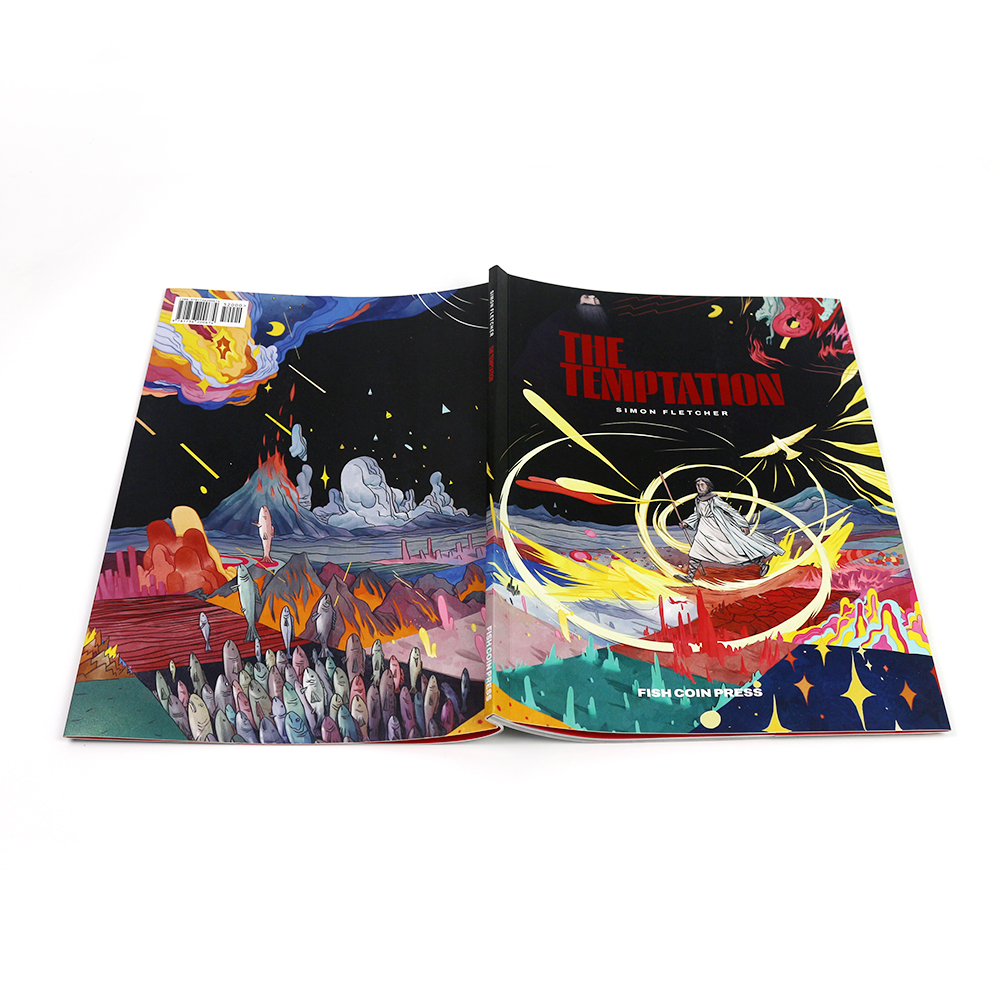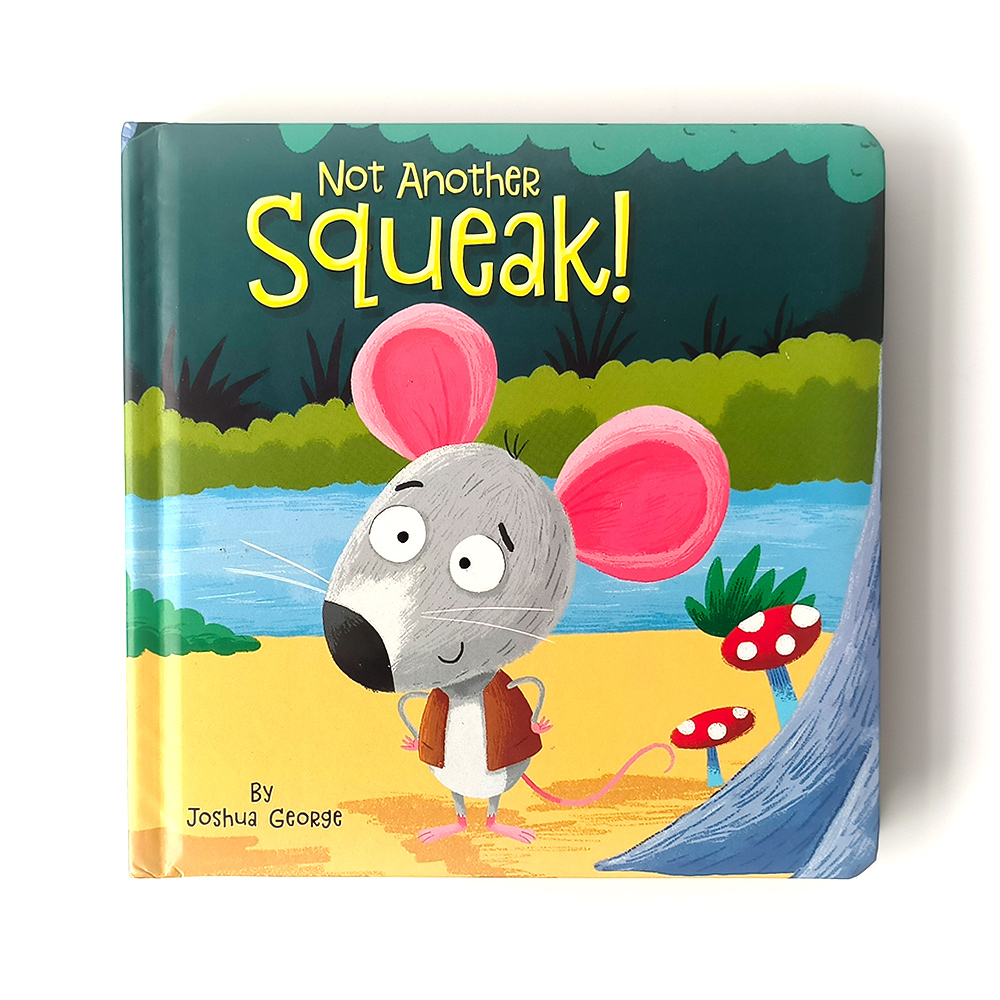wie viel kostet das Drucken von Büchern
Embarking on the journey of self-publishing a book is both exhilarating and challenging. As a book printing factory, we recognize that understanding the myriad factors influencing printing costs is essential for authors looking to make informed decisions. This comprehensive guide delves into the various components that affect printing expenses, ensuring that you are well-prepared as you navigate your publishing journey.
Inhaltsverzeichnis
1. Key Factors That Determine Book Printing Costs
The expenses associated with printing a physical copy of your book can fluctuate significantly based on several critical factors:
1.1 Quantity of Copies
One of the most significant factors affecting printing costs is the number of copies you wish to produce. Typically, as you increase your order size, the cost per book decreases due to economies of scale. For example, printing 1,000 copies usually results in a lower cost per unit compared to printing just 100 copies. This is particularly advantageous for authors planning to distribute their work widely or sell at events, as larger quantities can also facilitate bulk sales at lower prices.
1.2 Book Size and Format
The dimensions and overall format of your book play a vital role in determining production costs. A standard black-and-white paperback will generally be more affordable than a large, full-color hardcover. Additionally, unique formats—such as square or oversized books—often incur higher production expenses. Authors should carefully consider the genre and target audience when deciding on size and format, as these choices can significantly influence marketability. For example, children’s books often benefit from vibrant colors and larger formats, while technical manuals might require compact, easy-to-handle sizes.
1.3 Paper Quality and Cover Stock
The choice of paper and cover materials significantly impacts printing costs. Standard paper and basic cover options are typically less expensive, while premium materials can lead to higher total costs. For instance, high-quality, thicker paper enhances the book’s aesthetic appeal but can raise production costs considerably. Similarly, opting for a glossy or embossed cover can elevate the perceived value of your book but will also add to your expenses. It’s crucial to strike a balance between quality and budget, ensuring that your book stands out while remaining financially viable.
1.4 Selecting the Right Printing Company
The choice of printing company can greatly affect your overall costs. Different companies offer various pricing structures, and some may provide discounts for bulk orders. Others might charge more for specific services, such as color printing, specialty binding, or expedited service. When selecting a printing partner, it’s wise to gather multiple quotes and assess the services offered, including customer support, production timelines, and print quality. Reading reviews and seeking recommendations from other authors can also provide valuable insights into the reliability and quality of potential printing companies.
1.5 Shipping and Handling Expenses
Shipping costs are another important aspect to consider, as they can add significantly to your overall expenses. Factors such as the size of the order, distance from the printing facility, and the chosen shipping method all influence shipping fees. These costs can quickly accumulate, especially for larger orders. Therefore, it’s essential to factor in these expenses when budgeting for your print run to avoid unexpected financial strains. Additionally, authors should explore shipping options to find the most cost-effective and reliable methods for delivering their books to customers.
2. Understanding Average Printing Costs
For authors utilizing print-on-demand services, such as Kindle Direct Publishing Print, the cost of printing can vary widely. On average, authors might expect to pay anywhere from a few dollars to over $15 per book, depending on several variables, including the factors discussed previously.
2.1 Cost Breakdown by Book Type
To give authors a clearer picture, here’s a general breakdown of printing costs based on common book types:
- Basic Black-and-White Paperback: $2 – $5 per copy
- Color Paperback: $5 – $10 per copy
- Hardcover with Dust Jacket: $10 – $25 per copy
- Specialty Formats (e.g., spiral-bound): $5 – $15 per copy
These price ranges can fluctuate based on specific project requirements, such as the number of pages, complexity of the design, and the chosen printing methods. Authors should always request detailed quotes that reflect their unique needs to get an accurate estimate.
3. The Self-Publishing Process: What to Expect
Self-publishing is a multifaceted endeavor that demands careful planning and execution. Here are some key elements to consider as you embark on this journey:
3.1 Time and Effort Commitment
Self-publishing requires a significant investment of time and effort. Authors must dedicate themselves to multiple stages, including writing, editing, formatting, and designing their books. These preparatory stages are crucial for ensuring that your final product meets industry standards and resonates with your target audience. It’s advisable to allocate sufficient time for each phase, including professional editing and design, as these elements can drastically improve the quality of your book.
3.2 Financial Planning and Budgeting
Establishing a realistic budget is critical when self-publishing. Authors should account for not only printing costs but also expenses related to editing, graphic design, marketing, and distribution. A comprehensive budget helps prevent unforeseen financial challenges and ensures that you can support your book’s success throughout its lifecycle. Consider creating a detailed budget spreadsheet to track all anticipated expenses and compare them against your projected income.
3.3 Importance of Research and Education
Before diving into the self-publishing process, conducting thorough research is paramount. Understanding the intricacies of printing, familiarizing yourself with industry standards, and learning from the experiences of other authors can provide valuable insights. Joining writing groups or attending workshops can enhance your knowledge and network, making it easier to navigate the self-publishing landscape.
4. Exploring Print Options
4.1 Print-on-Demand vs. Offset Printing
Deciding between print-on-demand (POD) and offset printing can significantly affect your costs and flexibility. Print-on-demand offers authors the advantage of printing only as many copies as needed, which minimizes storage costs and financial risk. This option is ideal for those who are unsure about initial demand or want to keep inventory costs low. On the other hand, offset printing usually provides lower costs for larger quantities but requires a higher upfront investment and longer lead times. Understanding your needs and sales projections is crucial in making this choice, as it impacts your cash flow and inventory management.
4.2 Binding Options and Their Costs
The binding method selected can also influence the cost and appearance of your book. Common binding options include:
- Taschenbuchbindung: Often the most cost-effective choice, making it suitable for various genres, especially fiction and non-fiction. This option is lightweight and easy to ship, appealing to many readers.
- Hardcover-Bindung: Offers durability and a premium appearance, making it ideal for special editions or gift books. While it comes at a higher cost, a hardcover book can command a higher retail price, potentially increasing profits.
- Spiralbindung: Perfect for workbooks or manuals, allowing pages to lay flat for ease of use. While this option may be less appealing for traditional narratives, it is beneficial for practical applications.
5. Additional Considerations for Authors
5.1 Quality Assurance through Proofing
Investing in high-quality proofs is essential before finalizing your print order. Reviewing proofs helps you catch any formatting, layout, or content errors before mass production. This step is critical for ensuring that the final product meets your expectations and reflects your vision accurately. Many authors recommend obtaining both digital and physical proofs to assess quality comprehensively.
5.2 Marketing and Distribution Expenses
Once your book is printed, it’s essential to consider how you will market and distribute it. Costs associated with advertising, setting up a website, or utilizing distribution services should be included in your overall budget. Effective marketing strategies, such as social media campaigns and book launch events, will enhance your book’s visibility and reach, ultimately driving sales. Additionally, consider reaching out to local bookstores or libraries to establish distribution channels that can further increase your audience.
5.3 Legal and Copyright Issues
Understanding the legal aspects of self-publishing, including copyright registration and obtaining an ISBN, is critical. These steps protect your intellectual property and ensure that your book is easily identifiable in the marketplace. Consult with professionals if needed to ensure compliance with all regulations. Additionally, familiarize yourself with copyright laws to safeguard your work from unauthorized reproduction.
6. Conclusion
In summary, grasping the various costs associated with printing your book is an essential step for any author venturing into self-publishing. By considering factors such as quantity, format, materials, and the choice of printing company, you can create a well-informed budget that aligns with your goals. While the journey of self-publishing can be complex and demanding, thorough preparation, research, and strategic planning will enhance your likelihood of success in bringing your literary work to the public.
FAQs
1. What is the typical range for printing costs per book?
Printing costs can vary widely based on several factors, typically ranging from $2 to over $25 per copy, depending on the book’s format, size, and binding type.
2. How can I effectively lower my printing expenses?
To minimize printing costs, consider ordering larger quantities, using standard sizes and formats, opting for less expensive paper, and obtaining quotes from multiple printing companies to find the best deal.
Buchdruck
Neue Produkte
Letzter Blog

Die Vorteile von Hardcover-Büchern
Hardcover-Bücher fesseln die Leser seit über drei Jahrhunderten und haben sich einen geschätzten Platz in Bibliotheken und Privathaushalten erobert. Von klassischer Literatur bis hin zu zeitgenössischen Selbsthilfebüchern
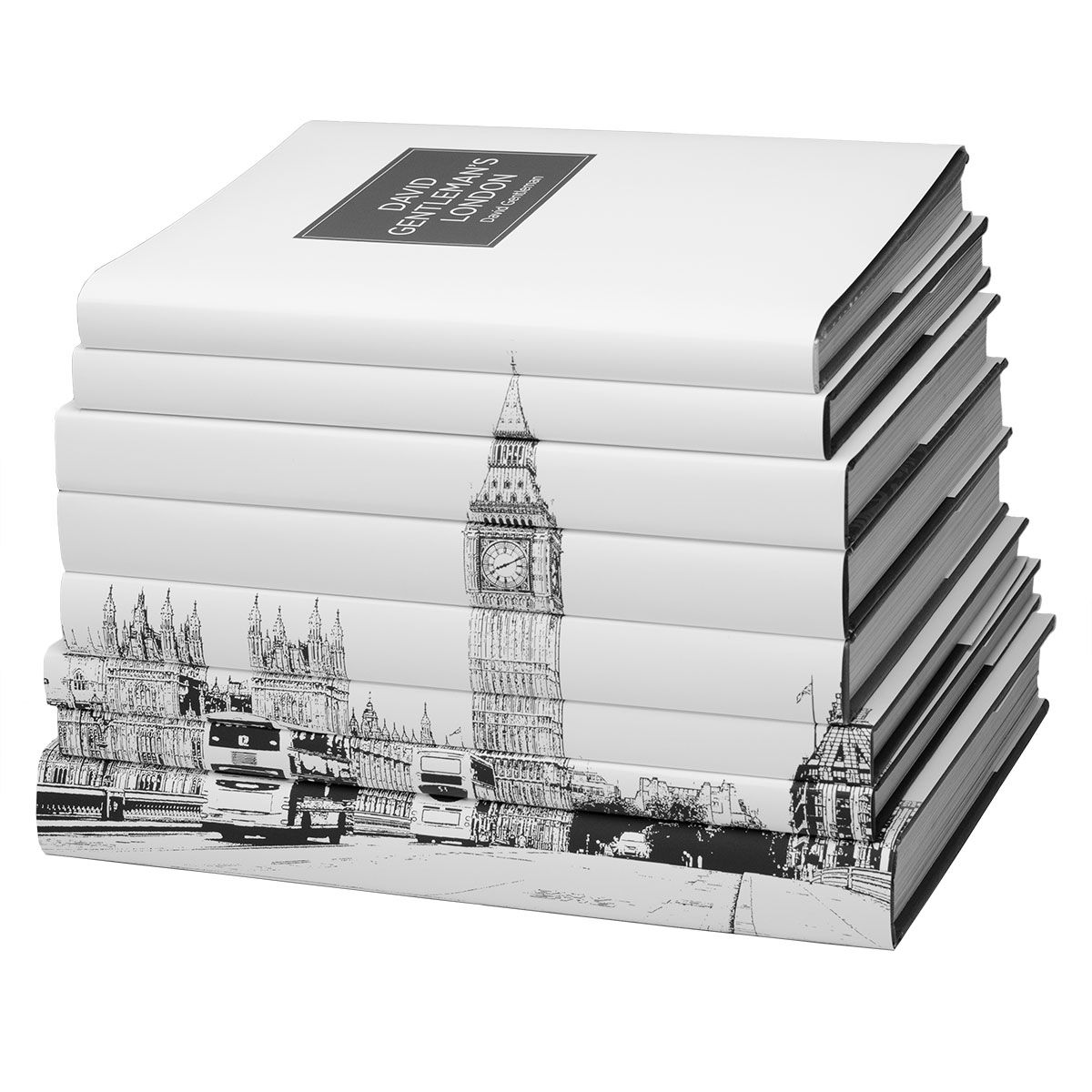
Auswahl der richtigen Buchdruckerei in China
Sind Sie ein aufstrebender Autor oder ein Selbstverleger, der sein literarisches Werk zum Leben erwecken möchte? Die Auswahl der richtigen Buchdruckerei ist ein entscheidender Schritt, der die Qualität und den Erfolg Ihrer Veröffentlichung maßgeblich beeinflussen kann.
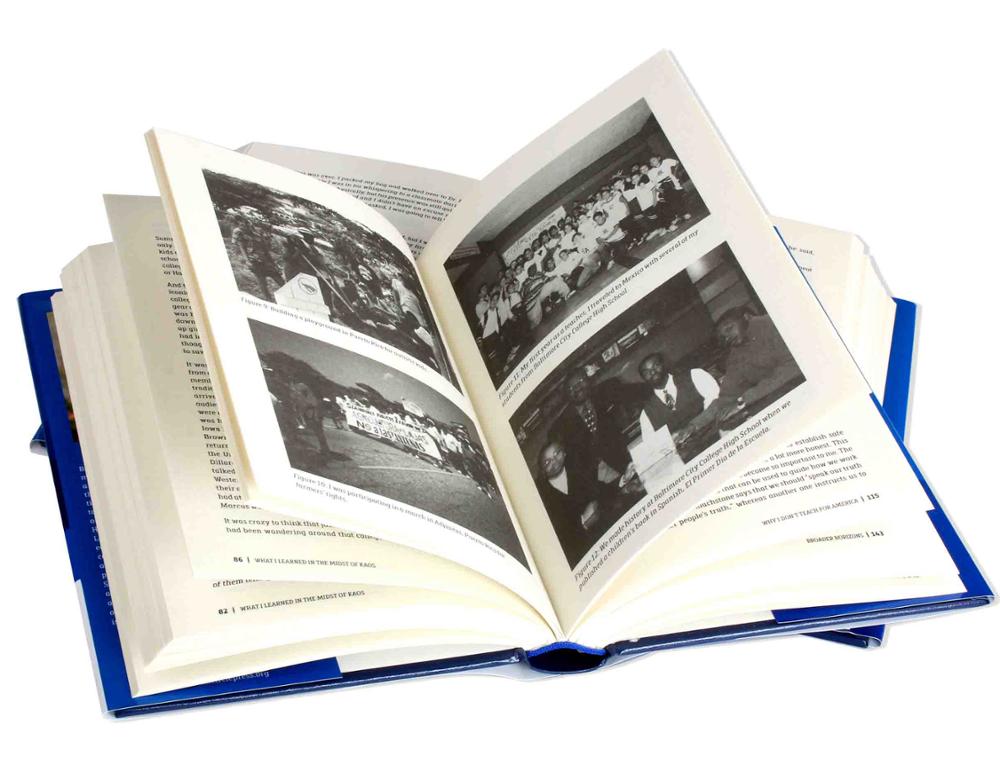
Was sind die Vorteile gedruckter Bücher?
Bei der Gestaltung eines Kinderbuchs kommt es auf jedes Element an – insbesondere auf die Wahl des Papiers. Die Wahl der richtigen Papiersorte kann das Aussehen eines Buches verbessern,

So gestalten Sie das perfekte Hardcover-Buchcover
In der Welt des Verlegens ist der Einband eines gebundenen Buches weit mehr als nur eine Schutzschicht – er ist ein dynamisches Mittel zum Geschichtenerzählen.
Kontaktieren Sie uns
- +86 13946584521
- info@booksprinting.net
- 8:00 - 22:00 Uhr (Mo - So)
Kommentare
Verwandter Blog
Finden Sie die neusten Trends und allgemeines Wissen im Buchdruckgeschäft.

Günstigster Weg, ein Kinderbuch zu drucken
Es ist ein aufregendes Erlebnis, die Geschichte Ihrer geliebten Kinder in ein wunderschön gedrucktes Buch zu verwandeln.

Auswahl der richtigen Buchdruckerei in China
Sind Sie ein aufstrebender Autor oder ein Selbstverleger, der sein literarisches Werk zum Leben erwecken möchte? Die Auswahl der richtigen Buchdruckerei ist ein entscheidender Schritt, der die Qualität und den Erfolg Ihrer Veröffentlichung maßgeblich beeinflussen kann.
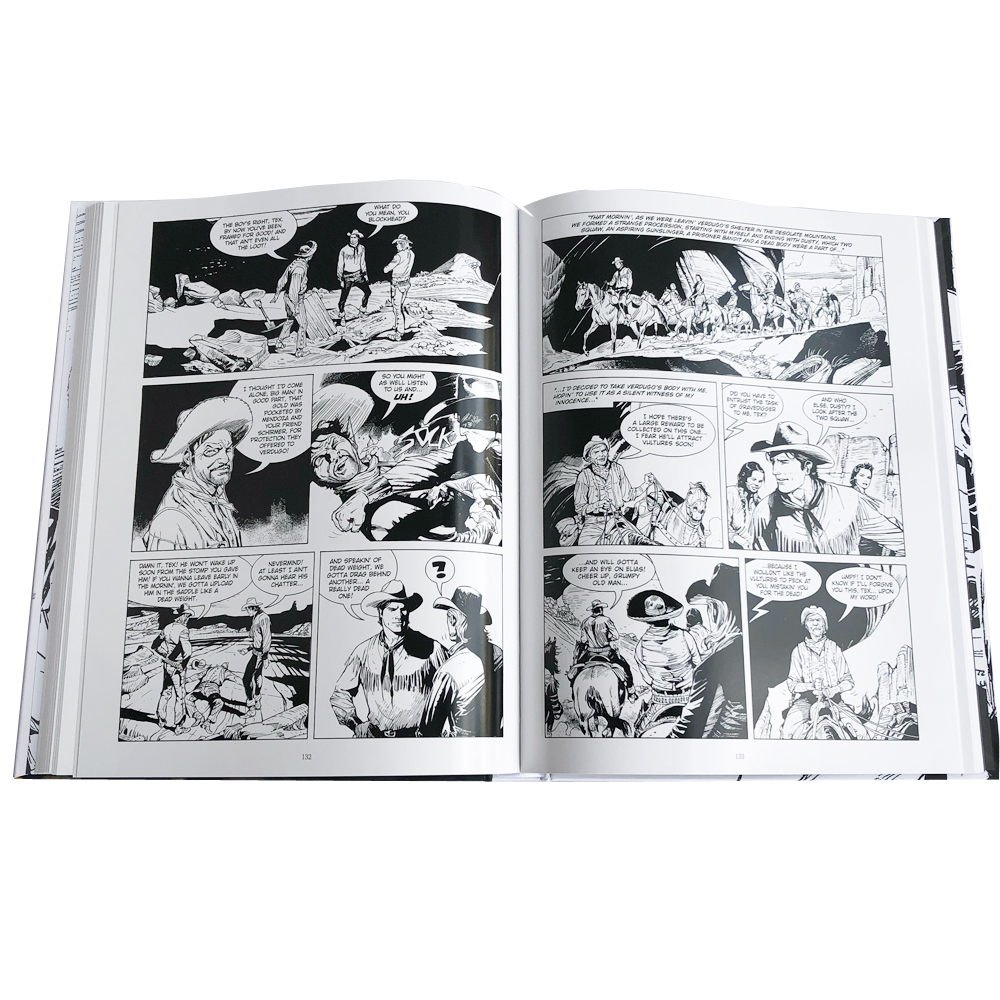
Wie erstelle ich mein eigenes Comicbuch?
Das Erstellen und Drucken eines Comics ist eine spannende und zugleich komplexe Reise, die Geschichtenerzählen, Illustration,
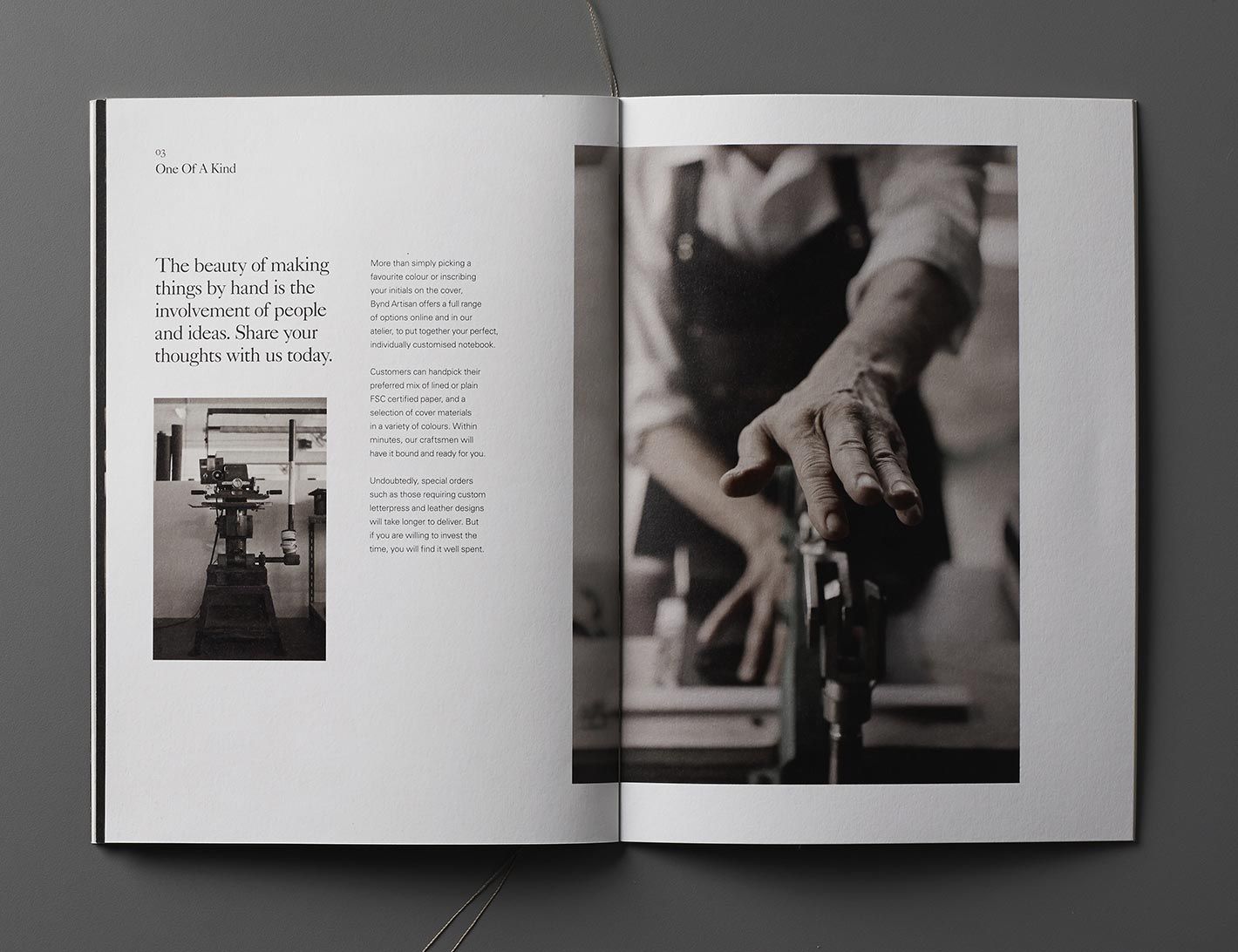
Warum sollten wir uns für den Buchdruck in China entscheiden?
Angesichts der steigenden Nachfrage nach qualitativ hochwertigen und dennoch erschwinglichen Drucksachen entscheiden sich viele Verlage, Autoren und Unternehmen dafür, ihre Bücher in China zu drucken.

